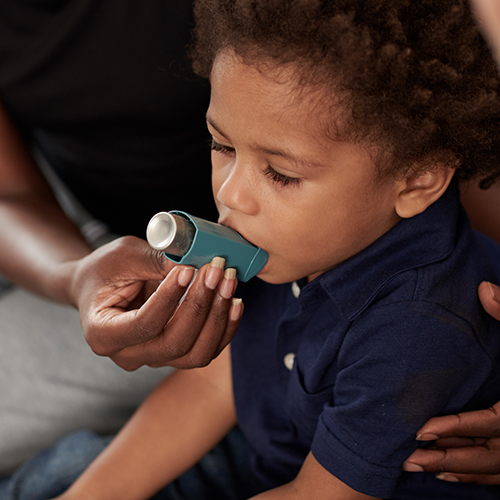April 2021
Spring allergies can make life miserable by triggering red, swollen and itchy eyes, a stuffy or runny nose and constant sneezing. The primary culprit for seasonal spring allergies is the pollen produced by blooming trees and flowers. Mold from a rainy spring can also trigger symptoms. Here is how to fight back against the miseries of the season — and enjoy spring again.
Start your allergy medication early.
Antihistamines and other medications take time to work. The American College of Asthma, Allergy & Immunology recommends starting your allergy medication two weeks before you expect symptoms to start.
Consider immunotherapy allergy shots.
These shots gradually expose you to an increasing dose of allergen, so your body gets used to the allergen instead of reacting to it. Immunotherapy is one of the most effective ways to treat seasonal allergies.
It takes a while to see the impact of these shots, so the sooner you start, the better.
Spring clean the right way.
To reduce allergens indoors, maintain a regular cleaning schedule. Replace your HVAC air filters regularly. Use a vacuum with a HEPA filter to trap particles that can trigger allergies. If you can, consider replacing carpet, which can trap dust and pollen, with solid surface flooring.
Develop an allergy hygiene plan.
Stay on top of the pollen and mold count. The Weather Channel tracks both. Avoid going outdoors — or opening windows — when counts are high.
Wear a mask outdoors, especially when doing yard work. It can reduce your risk of breathing in troublesome dust and pollen particles.
Use a nasal saline rinse or Neti pot to wash out your nose daily. This helps reduce the symptoms of airborne allergens, according to the Asthma and Allergy Foundation of America.
Do not forget to shower and change your clothes after being outdoors. Wash off any pollen on your hair and skin so that you do not breathe it in while you sleep.



